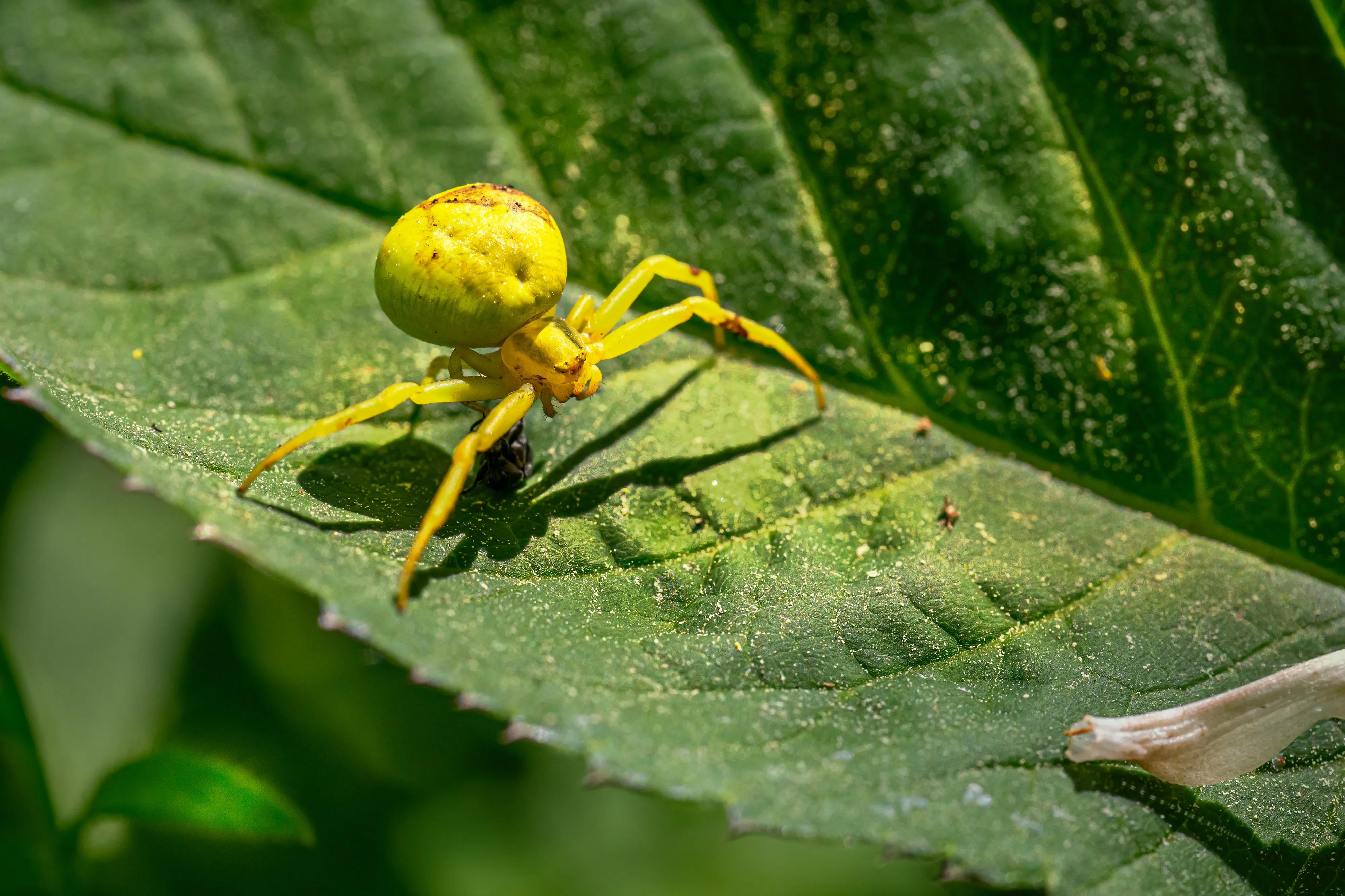No-Till Farming and Pest Management
Discover effective pest management in 'No-Till Farming and Pest Management' with Vriksha Farms. This blog post explores the unique challenges and solutions for controlling pests in no-till agricultural systems. Learn about the environmental benefits of no-till farming, the necessary tools and techniques, and how these practices contribute to soil health. Gain insights into integrating pest management strategies within no-till methods, ensuring a sustainable and productive approach to agriculture

Introduction
No-till farming, a sustainable farming practice advocated by Vriksha Farms, offers numerous environmental benefits, including effective pest management. This method, integral to responsible agroforestry, aligns with the company's commitment to sustainable living and the provision of a tangible return on investment for farmland. Addressing customer needs and industry pain points, no-till farming represents a solution to concerns about food security and the use of chemicals in commercial farming. This blog post explores pest management strategies within the no-till farming framework, highlighting its benefits and practical approaches.
Understanding Pest Dynamics in No-Till Systems
- Altered Pest Habitat
No-till farming changes the habitat in which pests thrive. The undisturbed soil and crop residues can sometimes create favorable conditions for certain pests.
- Natural Pest Control
However, the same environment also fosters the growth of beneficial organisms and predators that naturally control pest populations, reducing the need for chemical pesticides.
Strategies for Pest Management in No-Till Farming
- Crop Rotation
Implementing a diverse crop rotation disrupts pest life cycles, reducing the likelihood of pest outbreaks. Different crops attract different pests, so changing crops can naturally mitigate pest issues.
- Cover Crops
Utilizing cover crops in no-till systems can suppress pest populations. Certain cover crops can deter pests or attract beneficial insects that act as natural pest control agents.
- Biological Control
Incorporating biological control methods, such as introducing beneficial insects or microorganisms, can effectively manage pests without harming the environment.
The Role of Monitoring and Identification
- Regular Field Scouting
Regular monitoring of fields is crucial in no-till systems to identify pest presence early. This allows for timely interventions before pest populations become unmanageable.
- Accurate Pest Identification
Correctly identifying pests ensures that any control measures taken are appropriate and effective. This is particularly important in no-till farming, where the aim is to minimize chemical use.
Minimizing Pesticide Use
- Targeted Pesticide Application
When pesticides are necessary, targeted applications can minimize their impact. Precision agriculture technologies enable farmers to apply pesticides only where needed.
- Integrated Pest Management (IPM)
Adopting IPM strategies combines cultural, biological, and chemical tools in a coordinated approach to pest management, reducing reliance on pesticides.
Vriksha Farms' Approach to Sustainable Pest Management
- Educating Farmers
Vriksha Farms educates farmers on sustainable pest management practices within no-till farming systems, emphasizing environmentally friendly approaches.
- Commitment to Sustainable Practices
By integrating no-till farming into its managed farmland projects, Vriksha Farms demonstrates how sustainable practices can effectively manage pest problems while maintaining productivity and profitability.
Conclusion
No-till farming offers a viable alternative to traditional pest management methods, aligning with modern sustainable agriculture practices. By adopting strategies such as crop rotation, biological control, and IPM, farmers can effectively manage pests in no-till systems. Vriksha Farms’ commitment to responsible agroforestry and sustainable living positions it as a leader in promoting environmentally conscious and financially viable farming practices.
